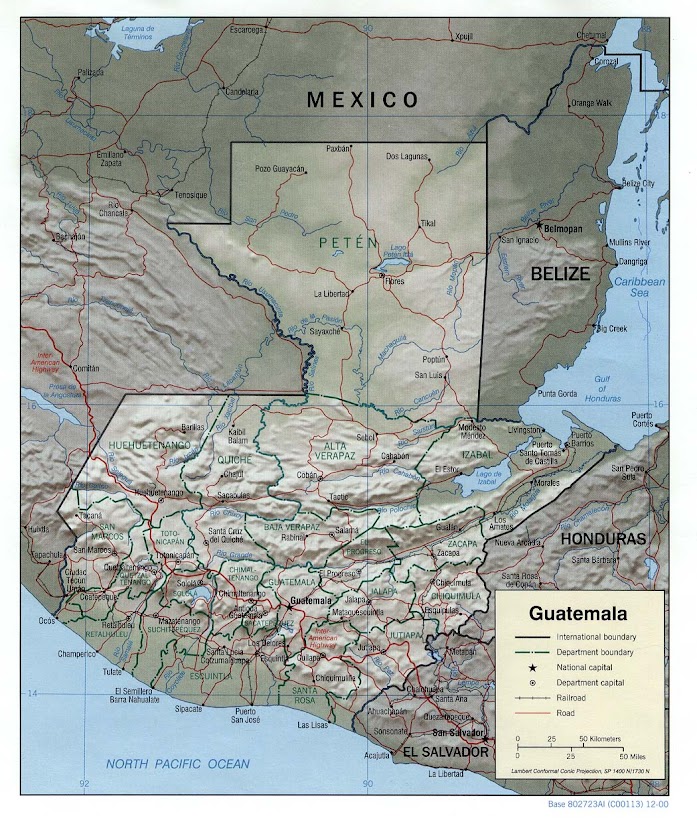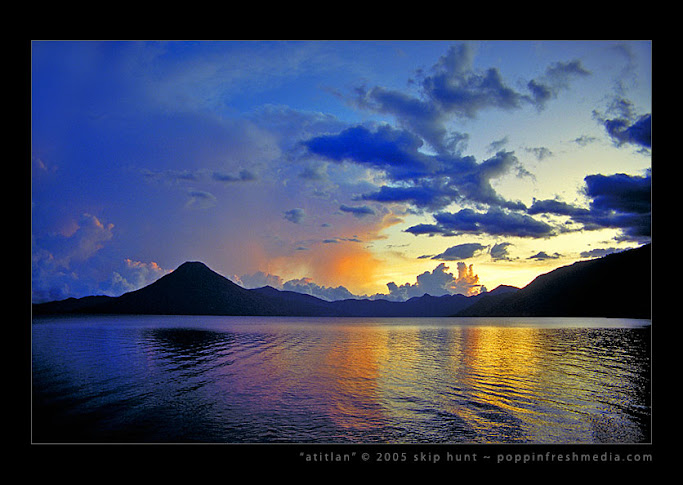Indigenous Peoples in Guatemala Guatemala has a wealth of ethnic and cultural diversity. It is currently estimated that there are 22 linguistic communities belonging to the Maya family plus Xinka and Garífuna. The most well-known theory of the origin of the Garífuna dates back to 1635 when it is believed that two boats laden with African slaves were shipwrecked off the coast of the West Indies. They were welcomed by the Caribbean Indians, with whom they established homes and raised families. In addition to Guatemala, there are also Garífuna living in Honduras, Belize and Nicaragua. The Xinka are believed to have inhabited the south of Guatemala longer than any other people and they are also the group that has suffered the most rapid acculturation. Although their language has been virtually wiped out, an ethnic revival has meant that a number of communities in Santa Rosa and Jutiapa departments are today claiming to be Xinka. The Maya form one of the most numerous peoples of the Americas, and also one of the most diverse. They are descended from the classic civilization that inhabited the lowlands of Meso-America, and also from Mexican migrations. Despite clearly sharing the same cultural roots across Mexico, Guatemala, Honduras and El Salvador, their demands as a people date only from the 1990s however. |
Languages
| |||||||||||||||||||||||||||||||||||||||||||||||||||||||||||||||||||||||||||||
Territory In the pre-Hispanic Guatemala of many states, people lived in a dispersed manner (apart from within the kingdoms’ capitals) based on kinship (patrilineal) lines. With no leaders and living purely at a local level, the inhabitants of these states jointly managed the land held by each Indian people, and this communal management was to become a pillar of the form of social organisation that was from that point on identified as indigenous. The gradual privatization of public assets over the 19th and 20th centuries thus represented a threat not only to the economic survival of these peoples but also to their ways of organising and their authorities. In fact, the struggle for common assets formed, from that moment on, the political context for many indigenous communities. Indigenous demands in Guatemala have focused more on the issue of land than territory. The country’s social movements have been marked by the failed Agrarian Reform of 1952 and a peasant farmer tradition of organisation that has continued through organisations such as the Committee for Peasant Unity (Comité de Unidad Campesina - CUC) and the National Coordinating Body of Indigenous and Peasant Farmers (Coordinadora Nacional Indígena y Campesina - CONIC). Nevertheless, from the 1990s on, some organisations did introduce the idea of territory, insofar as they included a cultural claim to land. However the demands of Guatemala’s indigenous peoples still consist, above all, of claiming and titling land for communal use (villages, municipalities, cooperatives…) rather than calling for a Mam or K’iche’ territory. Religion Mayan spirituality cannot be separated from its culture. Both are expressed in the sacred 260-day calendar called Tzolquin or Cholq’ij, formed by a combination of 13 numbers and 20 forces or nahuales. These forces guide human life. Mayan priests lead thanksgiving, divination and curative ceremonies, generally at altars located in the mountains or gullies, where they burn copal and coloured candles, as the calendar requires. In Guatemala, as in all of Meso-America, the syncretic practices carried out in brotherhoods have been, and in some places remain, important to the Maya. In some of these places, posts occupied in the municipal sphere are exercised according to the post occupied in the brotherhood, all of them understood as providing a service to the community. The 1985 Constitution guarantees religious freedom (Art. 36). However, indigenous spiritual beliefs and practices have, to a large extent, been persecuted over the centuries, retreating into the private sphere. Even today there is a belief that traditional healers, ajq’ij, Mayan priests, spiritual guides or daykeepers are witches that harm people. The indigenous and Maya movement has focused part of its efforts on getting these beliefs reassessed and making their public exercise possible, calling for indigenous involvement in running the country’s sacred sites (Parity Commission for Sacred Sites and Unity of Sacred Sites of the Ministry of Culture) and free access on the part of spiritual guides to sacred places (Ministerial Agreement 525-2002). Economy Guatemala is a largely agricultural country. Many indigenous people are peasant farmers who combine maize growing on their own plots with work as day labourers, particularly on the coffee plantations. Trade is also an essential activity, undertaken by indigenous men - and particularly women - who sell their products at many of the country’s markets. There is also a small but significant indigenous cultural elite, primarily urban, who spearhead the work undertaken by many indigenous organisations. Forms of Government The Oxlajuj Ajpop organisation of spiritual guides distinguishes between the authorities of the Maya world and the indigenous authorities recognised by the State, although this recognition does not mean that the State views or legally recognises them as indigenous. Among the former can be found the Ajqi’j or Mayan priests, traditional healers and birth attendants whose gifts of service are governed by the calendar. They also include the brotherhood members and the main individuals who have given service to the community through the brotherhood or as auxiliary mayors. Among the indigenous authorities recognised by the State can be found the presidents of committees, organisations and associations, the auxiliary mayors appointed as intermediaries between the municipality and the communities and the indigenous mayors, in those places where such an institution still survives. Although the Guatemalan State is known more for not recognising any form of indigenous authority, the 2002 Municipal Code does note (with a right to legal status) communities of indigenous peoples (Art. 20) and indigenous mayorshipsin those places where they exist (Art. 55). Even more important, it recognises the auxiliary mayors, now also known as community mayors, as entities representative of the communities (Art. 56) and not only as government delegates (Art. 65), as was the case previously. As proposed in the Peace Accords, the community mayors can thus be chosen by the community instead of appointed by the municipal mayor. | ||





